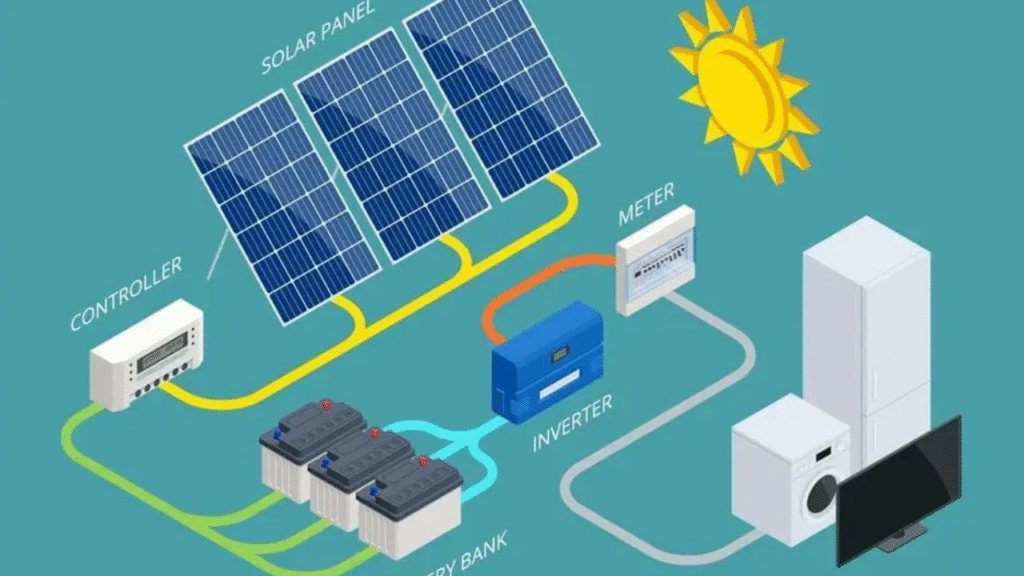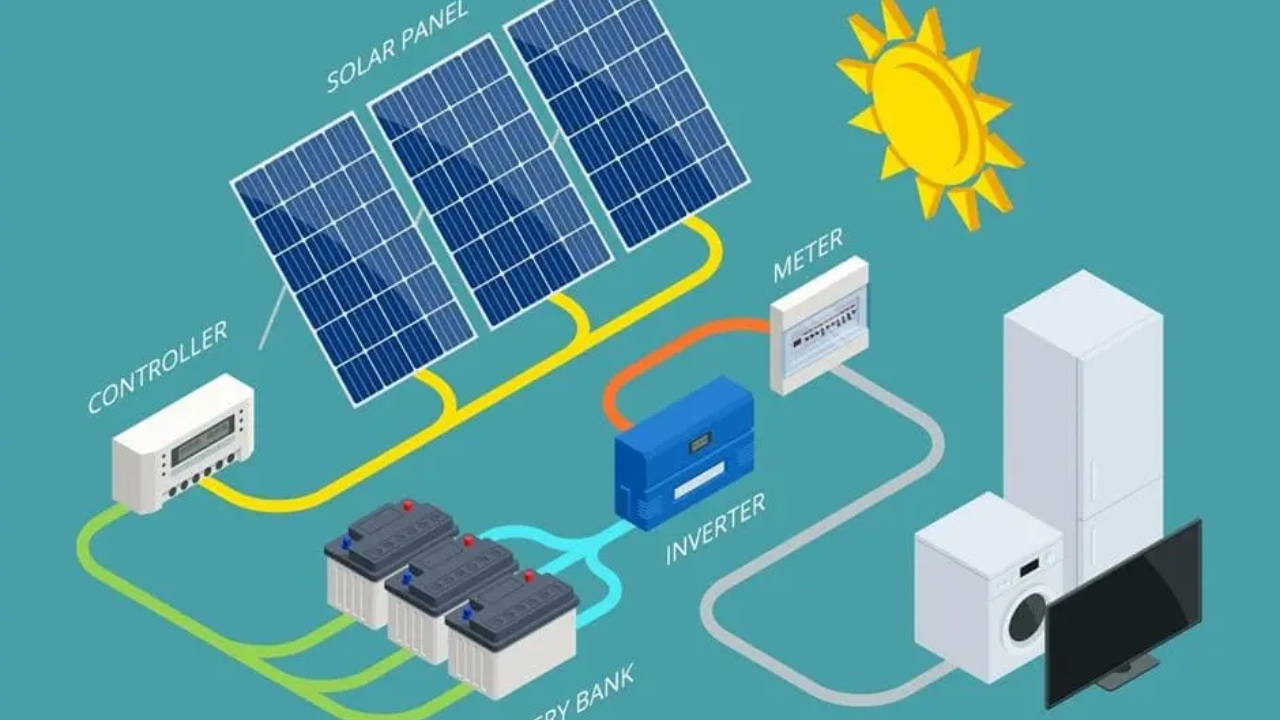
As more homeowners switch to renewable energy sources like solar panels and wind turbines, one question often arises: How do you store that clean energy for when you actually need it? This is where battery storage systems come in. They allow you to save excess power generated during peak production times and use it later—at night, on cloudy days, or during power outages.
When combined with renewable energy, battery systems improve efficiency, increase energy independence, and maximize your return on investment.
What Is a Battery Storage System?
A battery storage system is a unit that stores electricity produced by renewable sources for later use. It works much like a rechargeable battery in your phone—charge it when the supply is available, then discharge it when needed.
Key Components of a Battery Storage Setup:
- Battery Unit: Stores the energy (lithium-ion is the most common type).
- Inverter: Converts stored DC power into AC power for home use.
- Charge Controller: Manages charging and prevents battery damage.
- Monitoring System: Tracks energy usage and battery status.
How It Works with Renewable Energy
When paired with solar panels or wind turbines, a battery system follows this cycle:
- Energy Generation: Solar panels or wind turbines produce electricity.
- Immediate Use: Your home consumes the energy in real time.
- Storage Mode: Any excess energy is sent to the battery instead of the grid.
- Discharge: When generation is low, the battery releases stored energy to power your home.
Benefits of Using Battery Storage with Renewables
- Energy Independence: Reduce reliance on the grid and protect against outages.
- Lower Bills: Use stored energy during peak utility rates to avoid high charges.
- Maximized Renewable Use: Prevents excess renewable power from going to waste.
- Backup Power: Keeps essential appliances running during blackouts.
- Reduced Carbon Footprint: Use clean energy around the clock.
Potential Challenges
While battery storage offers many advantages, there are some considerations:
- High Initial Cost: Quality battery systems can be expensive to install.
- Maintenance: While minimal, regular system checks are needed.
- Capacity Limits: You can only store as much as your battery allows.
- Efficiency Losses: A small percentage of energy is lost during charging and discharging.
Cost & Lifespan Overview
| Battery Type | Average Cost (10 kWh) | Lifespan (Years) | Maintenance Needs |
|---|---|---|---|
| Lithium-Ion | $8,000–$12,000 | 10–15 | Low |
| Lead-Acid | $5,000–$8,000 | 5–10 | Moderate (water checks) |
| Flow Batteries | $12,000–$15,000 | 20+ | Low |
How to Size Your Battery System
The right battery size depends on:
- Daily Energy Consumption – Measured in kilowatt-hours (kWh).
- Renewable Energy Output – How much excess you generate daily.
- Backup Needs – How long you want to run without the grid.
Example:
If your home uses 20 kWh/day and your solar system produces 25 kWh/day, you might store 5 kWh for nighttime use. A 10 kWh battery would cover this with extra capacity for cloudy days.
Integrating Battery Storage into a Hybrid System
Battery storage is even more powerful when paired with multiple energy sources like solar, wind, and a backup gas generator. This ensures continuous power availability in all weather conditions, while still prioritizing renewable usage.
Overview Table
| Feature | Description | Benefit to Homeowner |
|---|---|---|
| Energy Storage | Saves excess solar/wind power | Use energy anytime |
| Backup Capability | Powers home during outages | Reliability and safety |
| Cost Savings | Avoids high utility rates | Lower monthly bills |
| Eco-Friendly | Reduces grid dependence and emissions | Sustainable living |
| Smart Monitoring | Tracks production, usage, and battery status | Better control over energy |
| Scalable Design | Add more batteries as needs grow | Flexibility for the future |
Environmental Benefits
By storing and using renewable energy efficiently, battery storage reduces the need for fossil-fuel-based grid electricity. This means fewer greenhouse gas emissions and a greater contribution to a sustainable energy future.
Conclusion
Battery storage systems are the missing piece for homeowners who want to get the most out of their renewable energy investments. They not only provide peace of mind during outages but also help cut energy bills and reduce environmental impact. While the upfront cost can be significant, the long-term benefits—in reliability, independence, and sustainability—make them an increasingly popular choice.
3 Quick FAQs
- Can I add batteries to my existing solar system?
Yes, most solar systems can be upgraded with battery storage, though an inverter upgrade may be required. - How long can a home run on battery storage?
It depends on your battery capacity and usage—typically anywhere from a few hours to several days. - Are battery storage systems worth the cost?
For homeowners with high electricity costs, frequent outages, or a desire for energy independence, the benefits often outweigh the investment.

